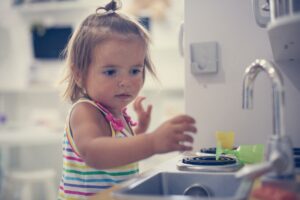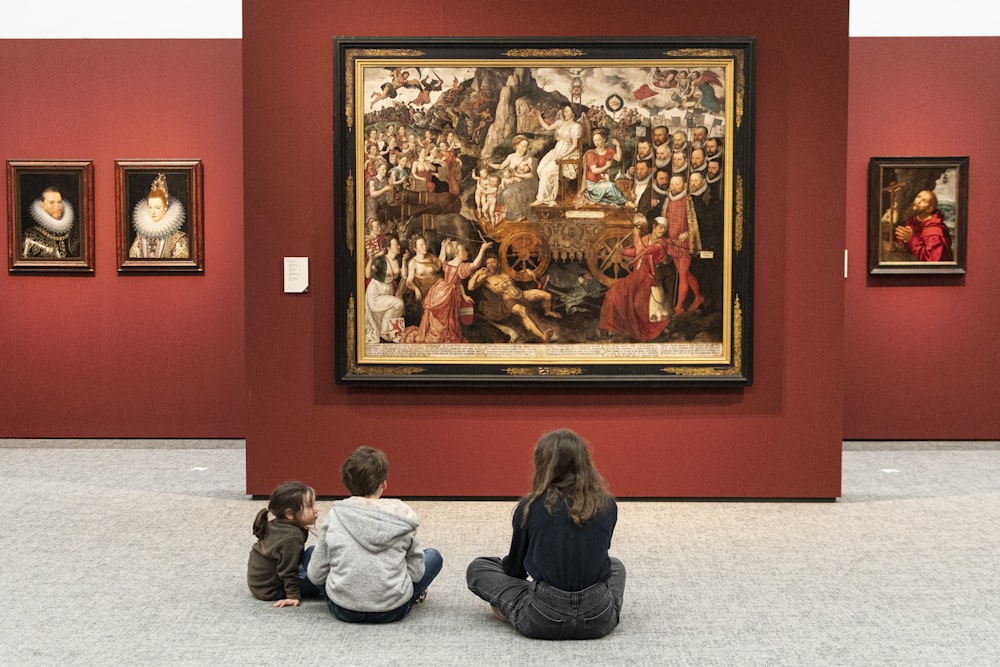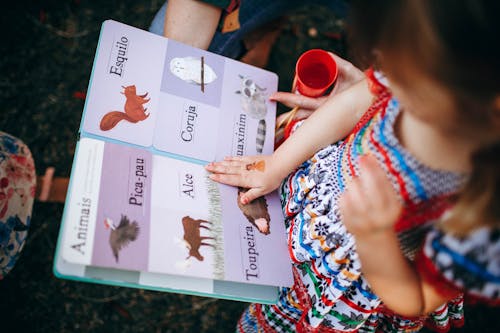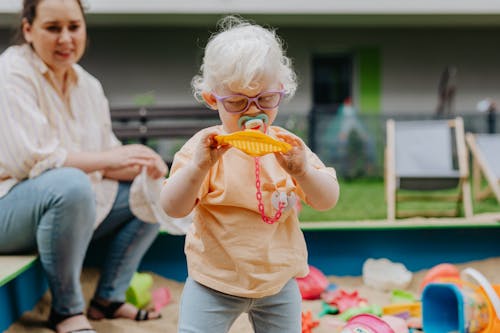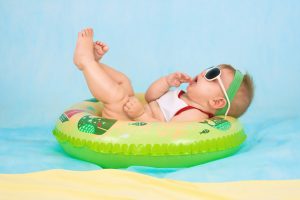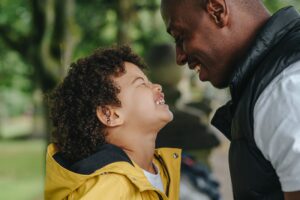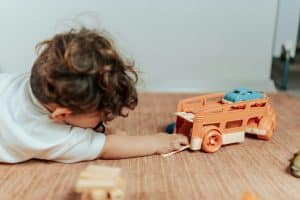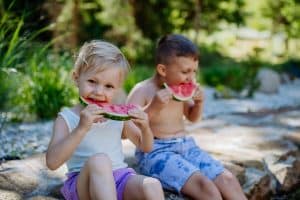The definition of diversity is the condition of having or being comprised of different elements. Few things describe our world better than this simple definition. Diversity fills our planet. There is so much diversity that no person could experience it all in a lifetime. When we hear the word diversity, we often think of cultural or racial diversity, essential distinctions.
But diversity also relates to lifestyle, religion, traditions, abilities, socio-economic status, age, clothing, music, food, etc. Teaching diversity to toddlers and preschoolers at an age-appropriate level, especially for children lacking access to a naturally diverse environment, is essential to their social-emotional development.
There are numerous developmental benefits to teaching diversity to young children. Chief among the benefits of teaching diversity is the development of empathy. When children can relate to those who may appear, sound, behave, or live differently, they can empathize and relate with them.
Additionally, learning about diversity improves a child’s cognitive skills. For example, children exposed to foreign languages at a young age, especially those who become fluent in two or more languages, perform better academically, have stronger cognitive and problem-solving skills, and advanced language and communication skills.
Teaching diversity to young children may sound complicated, but it’s easy! Parents and early childhood providers can include diversity in their children’s play and daily activities in many simple ways. Here are five simple ways to add more diversity to your child’s playtime!
Listen and Dance to Music
Music is one of the best ways to teach toddlers and preschoolers about diversity. Even within one culture or country, there are many different styles of music. Music exposes children to different types of cultures and even different languages. I cannot sing enough praises about the children’s music company Putumayo! Their albums were a staple in my classroom and home when my children were little. They have everything from African beats to Parisian jazz and relaxing folk to funky reggae!
Children can explore not only other cultures but also their own emotions through music. Dance and music are excellent forms of self-expression. Children regularly exposed to music have improved memory and cognitive function and may perform better at mathematics. Music is stress relieving, and listening to music promotes positive emotions and feelings.
Read Books
Books, like music, invite children into other worlds from the comfort of their own homes. Books are easy to access for free from your public library, or if you have an Amazon Prime account, many free e-books are available. Parents can sign their kids up for an Amazon Kids+ Account for only $4.99 monthly. A Kids+ Account gives your child access to countless books, educational TV shows, movies, and music!
Parents can use book subscription plans like Bookroo or Literarti to customize books to their child’s likes and skill level. Reading to children daily develops empathy, increases language and communication skills, and furthers cognitive development.
Add Multicultural Dress Up & Play Items
Another simple way of teaching diversity is to add multicultural items to their dress-up and dramatic play items. Items like multicultural figures or play food from other countries are fun interactive additions you can make to your child’s toys. Large pieces of fabric with prints from different cultures that children can use in various ways are also fun pieces to add.
When adding multicultural pieces, avoid stereotypical costumes or pictures that promote inaccurate details of people from other cultures. For example, men in Germany don’t walk around wearing lederhosen every day. It is also critical to show people in various roles. For example, books and pictures that feature females as doctors, mechanics, and pilots and show male nurses, stay-at-home dads, and dancers are just a few ideas!
Look at Art
Art is a fantastic tool for teaching diversity. Art allows children to travel through time and space and to see how other people and cultures express themselves. Different cultures use different mediums to create art, and exposure to art encourages children to be creative and expressive. Trips to art museums are great but not always realistic for young kids.
There are many excellent books on art for kids, or you can look up famous art online and scroll together! When you view artworks with your child, ask them what they think the art is about; what’s the message? If your child enjoys creating art, make a gallery or album of their artwork. You can take pictures of sculptures, or other 3-D art created that you might not be able to keep or place in an album and add to their art album.
Expose Them to a Foreign Language
A foreign language is ideal for exposing children to culture and diversity. The younger a child is, the easier it is for them to learn a second language. Don’t worry if you don’t speak a second language; there are videos, songs, and apps that help children learn a foreign language. When children learn about another language, they, in turn, will learn about another culture.
Label items around the house in both English and the second language of your home using index cards or sticky notes. Read books that use words in a foreign language and watch foreign language videos designed for kids on YouTube.
Discussing Diversity
It is ok to discuss diversity. Some people shy away because they don’t know how to talk about it or want to treat everybody the same; treating everybody the same is good in theory, but we’re not all the same. Treating everyone with kindness, compassion, and respect is a must, but some people have different needs or wants based on their abilities, culture, religion, age, gender, language, dietary restrictions, etc. Lead by example and treat everyone you meet kindly and respectfully; your child will learn from you!
Young children have no filter and have no issue pointing out when someone looks, sounds, or acts “differently.” Instead of silencing your child, try acknowledging the difference and then let them know that people are all different, and that’s good! It can be embarrassing when your three-year-old yells out, “That man is fat!” But it is also a learning opportunity. “Yes, I see that man; his body is different from yours or mine. That’s ok. All bodies are different.”
If you don’t have an answer to their question, for example, “Why doesn’t that woman have a leg?” you can say, “I don’t know. Some people are born that way, and sometimes, they have an accident or an illness. There are many reasons a person may not have the same body parts you do.”
If a difference frightens your child, someone with burn marks, scars, missing limbs, a developmental disability that changes the way a person looks, etc., acknowledge their feelings and then reassure them. Most children live in a tiny bubble, and once they start interacting with people who are different, it can be scary or uncomfortable at first. However, the more you allow them to express their thoughts and feelings, and the more you delve into diversity with your child, the more empathy and understanding for others they’ll develop.
Additional Ways of Teaching Diversity
- Travel
- Cooking
- Volunteer
- Play with maps and globes
- Get a PenPal
- Visit Museums – in person and virtually
- Attend live music, dance, and theatrical productions
Updated February 23, 2024, by L. Elizabeth Forry




